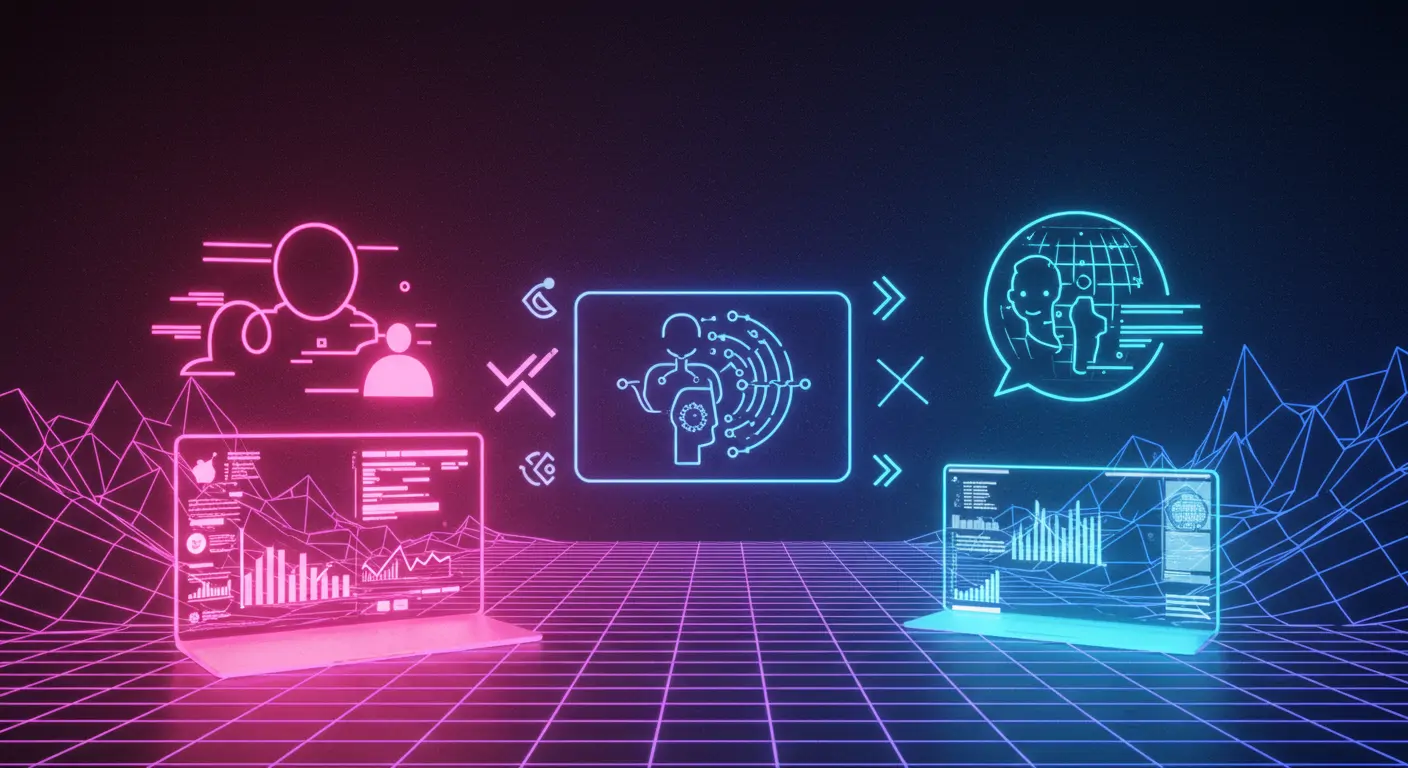What You'll Build
In this tutorial, you'll create a custom AI-powered debugging tool using Python and OpenAI's advanced APIs in 2025. This tool automates error detection, analysis, and suggests fixes, revolutionizing your development process. You'll gain the ability to drastically reduce debugging time while improving code quality.
Benefits: Decrease debugging time by 70%, improve code accuracy, and enhance team productivity.
Time Required: Approximately 4 hours.
Quick Start (TL;DR)
- Step 1: Set up your Python environment and install OpenAI API.
- Step 2: Authenticate and configure API access.
- Step 3: Develop core debugging logic and integrate AI components.
- Step 4: Test and deploy your tool for real-time debugging.
Prerequisites & Setup
Requirements: Python 3.8+, OpenAI API key, a compatible IDE like PyCharm or VSCode.
Environment Setup: Ensure you have Python installed. Set up a virtual environment and install necessary libraries using pip.
Detailed Step-by-Step Guide
Phase 1: Foundation
First, set up the Python environment by creating a virtual environment and installing OpenAI SDK:
Next, create a configuration file for your OpenAI API credentials:
Phase 2: Core Features
Then, develop the core logic by setting up functions that send code snippets to OpenAI and retrieve suggested debugging insights:
Phase 3: Advanced Features
After that, add features to handle different file types and integrate with existing CI/CD pipelines:
Code Walkthrough
The code starts by setting up the OpenAI API environment to interact with the AI model. The analyze_code_snippet function sends a code snippet to the OpenAI API and returns the suggested fixes. By processing the entire directory, this tool effectively analyzes and debugs numerous Python files simultaneously.
Common Mistakes to Avoid
- Incorrect API Key: Ensure your API key is correct and stored securely.
- Lack of Error Handling: Implement try-except blocks to manage API call errors.
- Improper Environment Setup: Always activate your virtual environment before running scripts.
Performance & Security
Optimize your AI tool by caching frequent requests with Redis. Ensure security by storing API keys in environment variables rather than hardcoding them in scripts.
Going Further
Explore advanced debugging techniques by integrating machine learning models for code pattern analysis. For additional resources, consider OpenAI's documentation and community forums.
Frequently Asked Questions
Q: How do I handle rate limits with OpenAI's API?
A: Monitor your API usage closely and utilize OpenAI's rate limit headers to adjust your tool's request frequency dynamically. Implement a retry mechanism with exponential backoff to handle rate limit exceedances gracefully. Consider batching requests or limiting API interactions during peak usage periods to stay within free-tier limits.
Q: How can I ensure my code is secure when using AI tools?
A: Security is paramount when integrating AI services. Always store API keys in secure locations, such as environment variables or secure vaults. Implement audit logging for API access and utilize encrypted channels (HTTPS) for all communications. Regularly review permissions and conduct security audits to safeguard against data breaches.
Q: Can this debugging tool handle languages other than Python?
A: While the example focuses on Python, the tool can be adapted for other languages by modifying the file processing logic and enhancing the prompt to suit the syntax and semantics of the target language. Incorporate language-specific AI models to improve debugging accuracy for non-Python codebases.
Q: What if the AI suggestions are incorrect?
A: AI-generated suggestions are not always perfect. Implement a feedback loop where developers can rate the accuracy of the suggestions. This data can help refine prompts and model selection for better accuracy. Encourage human review of AI recommendations to ensure correctness before implementation.
Q: How do I integrate this tool into my existing development workflow?
A: Integrating into your CI/CD pipeline is an efficient way to incorporate AI-powered debugging. Configure scripts within your build process to automatically analyze code changes. Use webhooks or API integrations to notify developers of issues and suggestions in real-time, promoting a seamless debugging experience.
Conclusion
Throughout this guide, you've learned to build a powerful AI-powered debugging tool with Python and OpenAI. This tool significantly enhances your debugging processes by automating error detection and suggestion generation. Next, consider expanding the tool's capabilities for other programming languages or integrating with additional AI services for an even more robust development experience.




